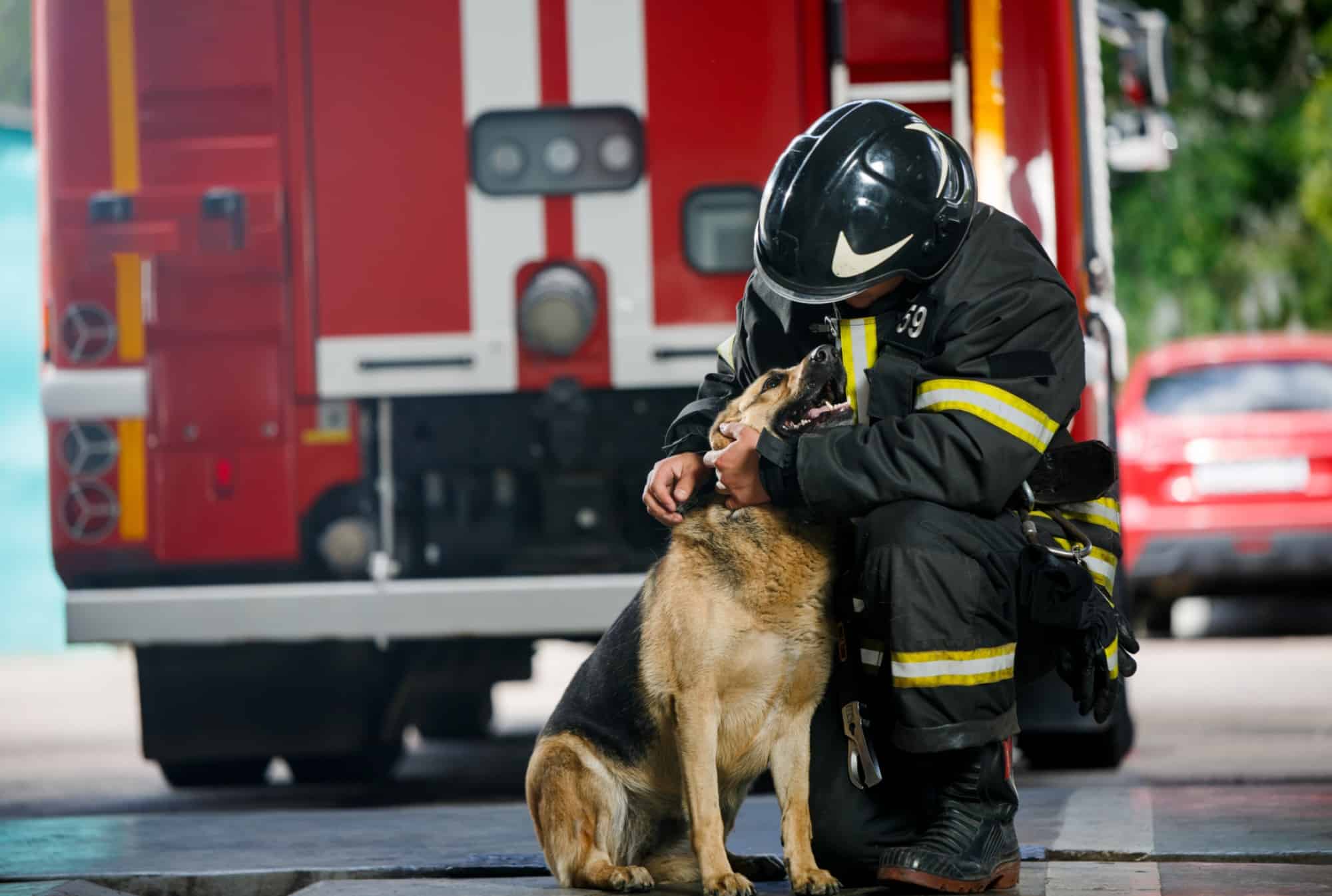The treats you are giving your dog may be putting you in danger.
The Center for Disease Control and Prevention just released a statement reporting a link between an outbreak of Salmonella infections in people and pig ear dog treats. So far, a common supplier or brand of the treats has not been identified.
Federal health officials report 45 people have fallen ill across 13 states, including California, Illinois, Indiana, Iowa, Kansas, Massachusetts, Michigan, Missouri, New York, North Dakota, Pennsylvania, South Carolina and Wisconsin. So far, 12 people have been hospitalized as of July 3, 2019.
Six of those patients are from New York. A list of the states affected and the number of reported cases can be found on the Map of Reported Cases. The timeline of the outbreak was first reported on November 18, 2018 and have been followed so far through June 13, 2019.
Related: 5 Easy Dog Treats You Can Make At Home To Freshen Your Dog’s Breath
The CDC interviewed 38 people who fell ill with the infection, and 34 said they had contact with a dog before falling ill. Of those interviewed, 17 people had direct contact with pig ear dog treats — or with the dogs that ate them (without actually handling the treat itself).
The CDC notes that the strain of Salmonella has been resistant to multiple drugs typically used to treat the infection.
Symptoms
Salmonella is a bacterial infection that affects the intestinal tract in both humans and pets. According to the Mayo Clinic, the most common symptoms of the infection in humans include:
- Nausea
- Vomiting
- Abdominal cramps
- Diarrhea
- Fever
- Chills
- Headache
- Blood in the stool
Most people infected with Salmonella will experience diarrhea, fever, and stomach cramps beginning 8 to 72 hours after exposure. Typically, healthy people recover on their own without treatment in a few days to a week.
In cases where patients become extremely ill, hospitalization may be necessary. It’s possible for the Salmonella infection to spread from the intestines into the bloodstream and then to other organs and parts of the body. Young children under 5 years of age, pregnant women, adults 65 years and older, and those with weakened immune systems are more likely to have a severe reaction to the bacteria.
Related: 30 Super Easy Dog Treats Recipes Using 5 Ingredients or Less
Dogs may experience similar symptoms:
- Diarrhea containing blood or mucus is the most common sign
- Lethargy
- Fever
- Loss of appetite,
- Vomiting
Safety Tips
The CDC advises dog owners to follow these tips:
Wash your hands after handling pet food or treats. Wash hands with clean water and soap for at least 20 seconds — the time it will take you to sing the “Happy Birthday to You” song twice.
Store and prepare pet food and treats separately from human food. Try to store dog food and treats in place that a young child can’t access.
Don’t use your dog’s bowl to scoop out food. Use a clean cup, scoop, or spoon.
Wash your dog’s food and water bowl regularly. Bowls should be washed at least daily with soap and water .
Store food according to the instructions on kibble bags or cans. Correct food storage will help keep your dog safe.
Don’t let your dogs lick your face or mouth after they eat. Or wash the area they licked with soap and water.
Don’t let your dogs lick any open wounds or broken skin. Since dogs seem to want to lick these areas, keep them covered with a bandage.
Related: Would You Eat Ice Cream ‘Puppies?’


















